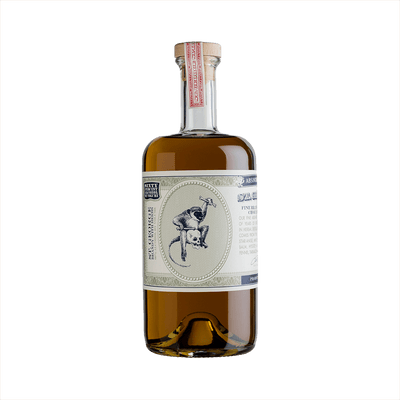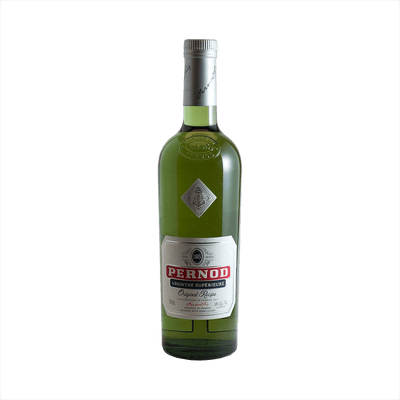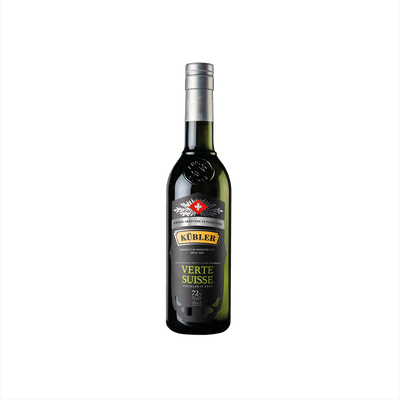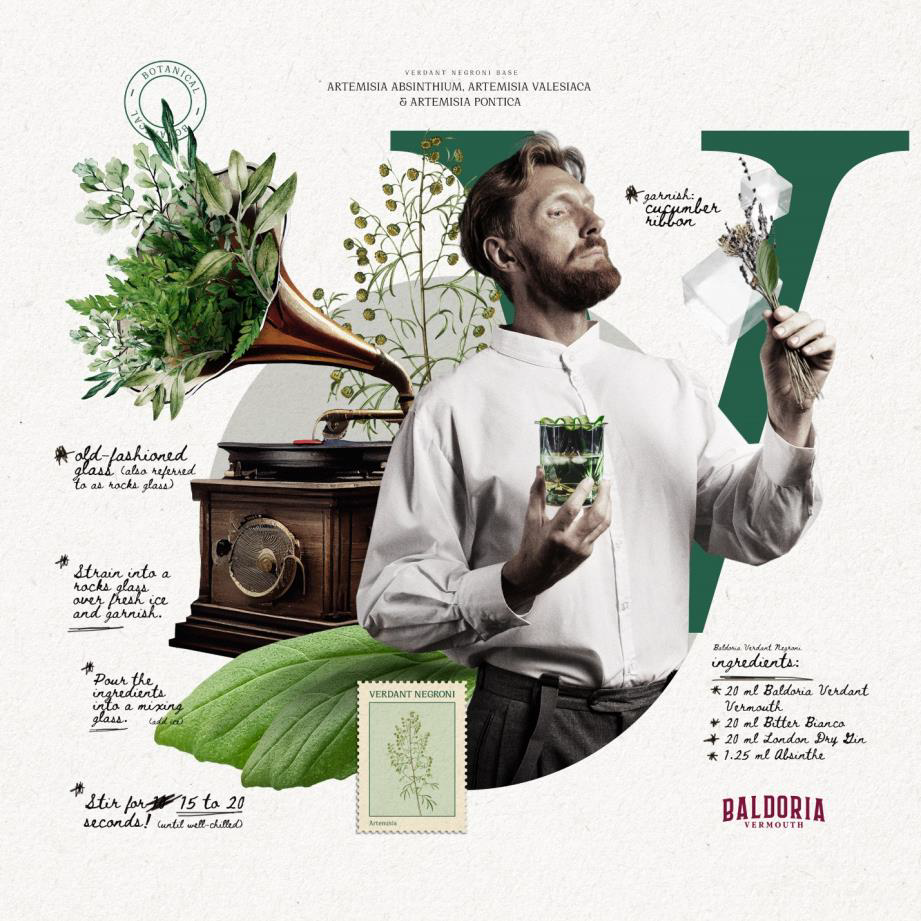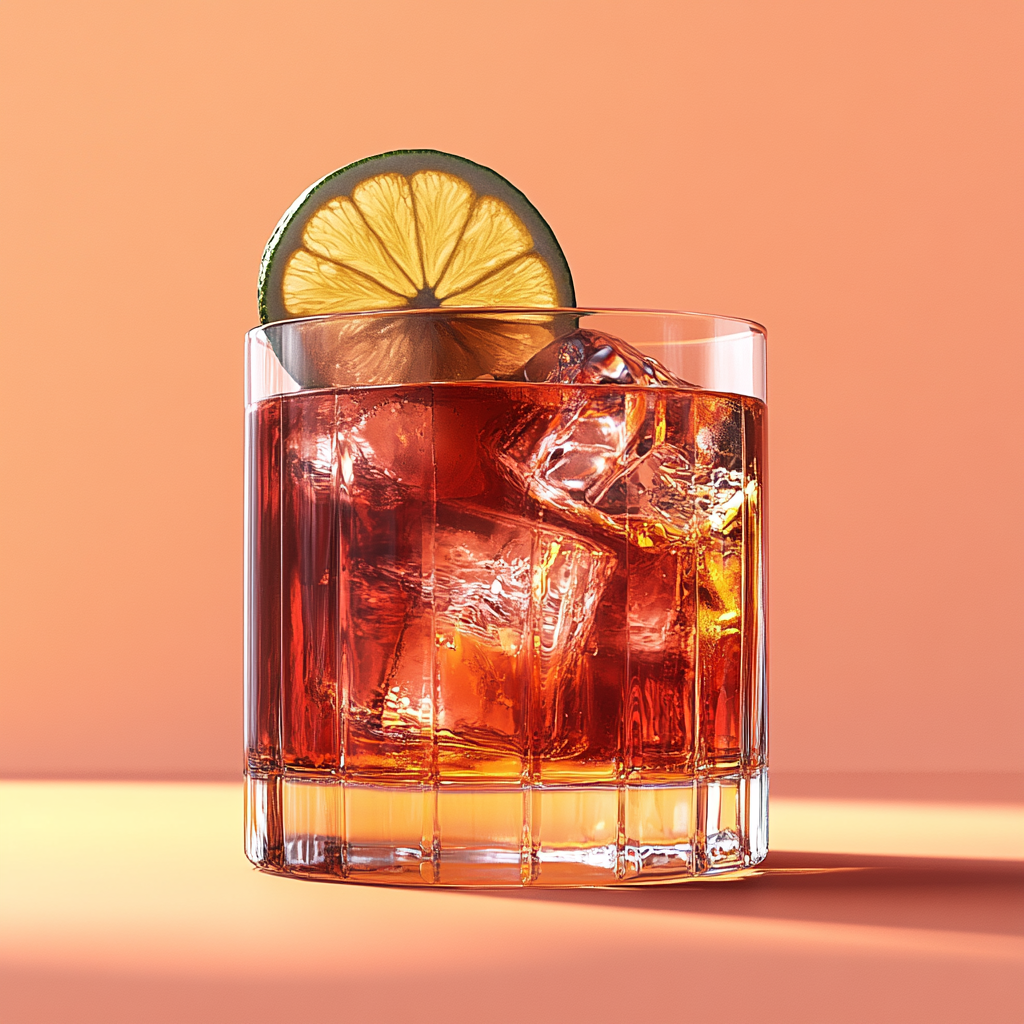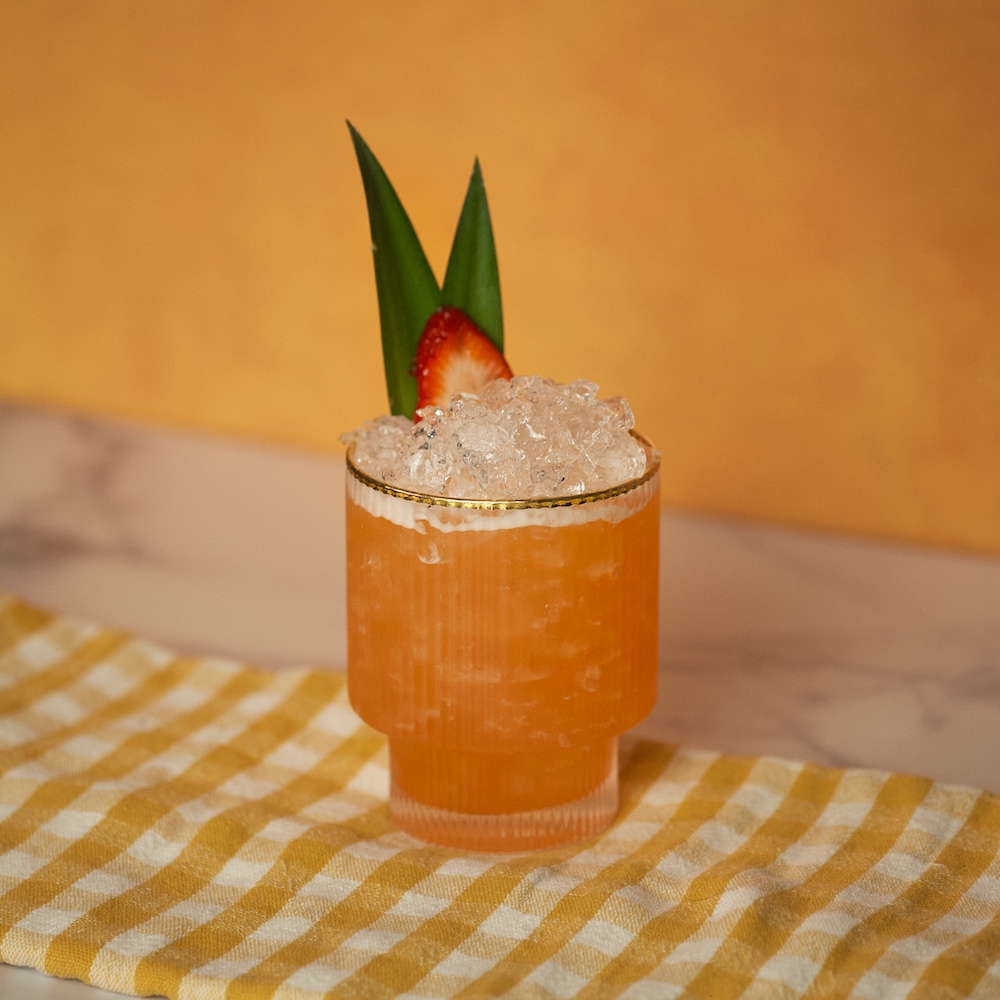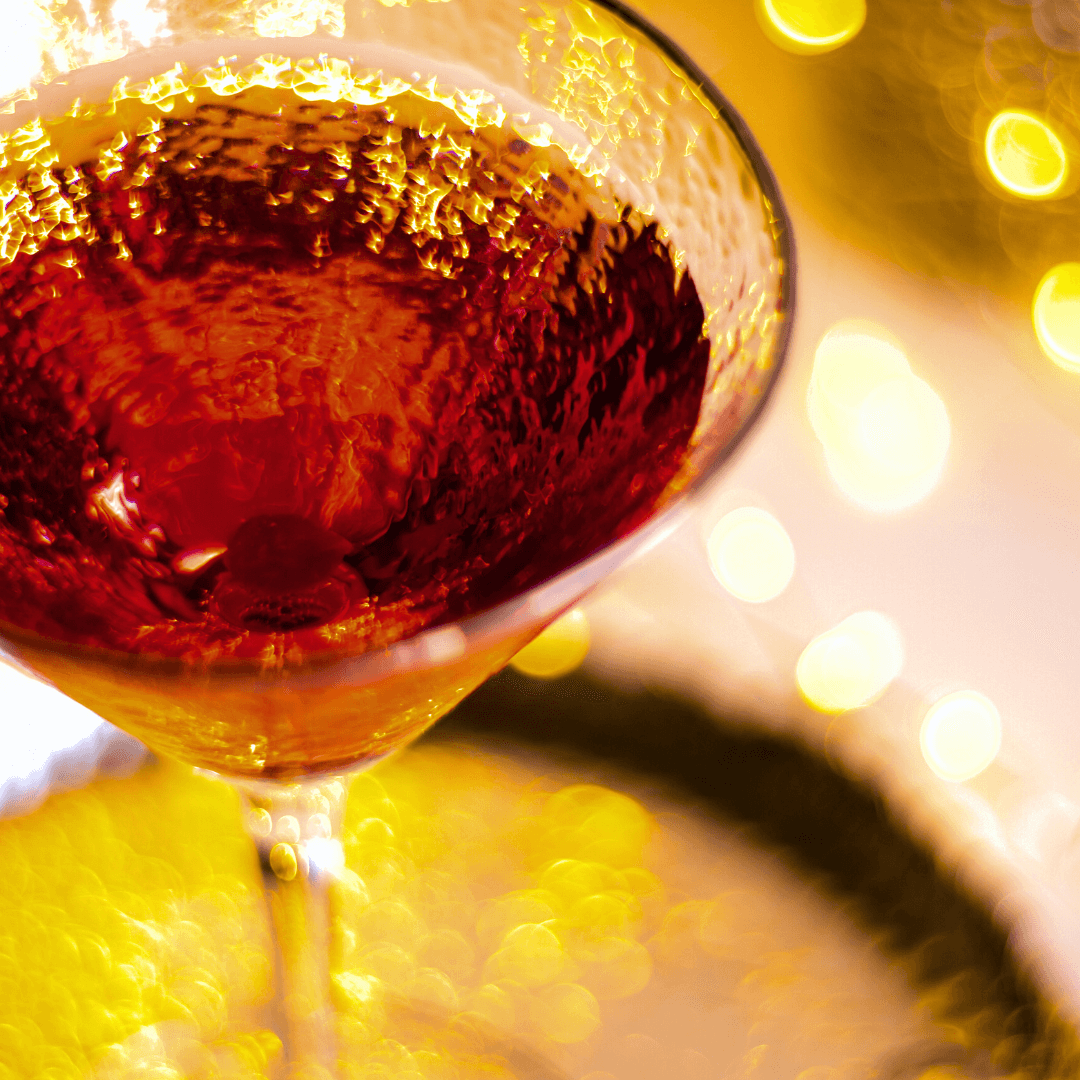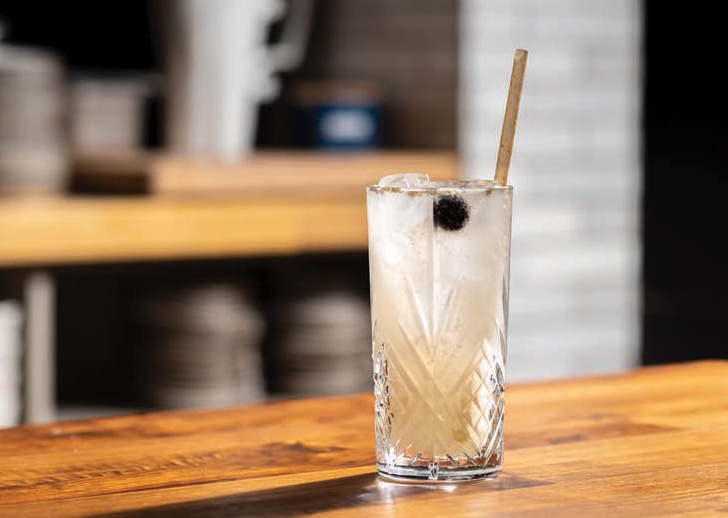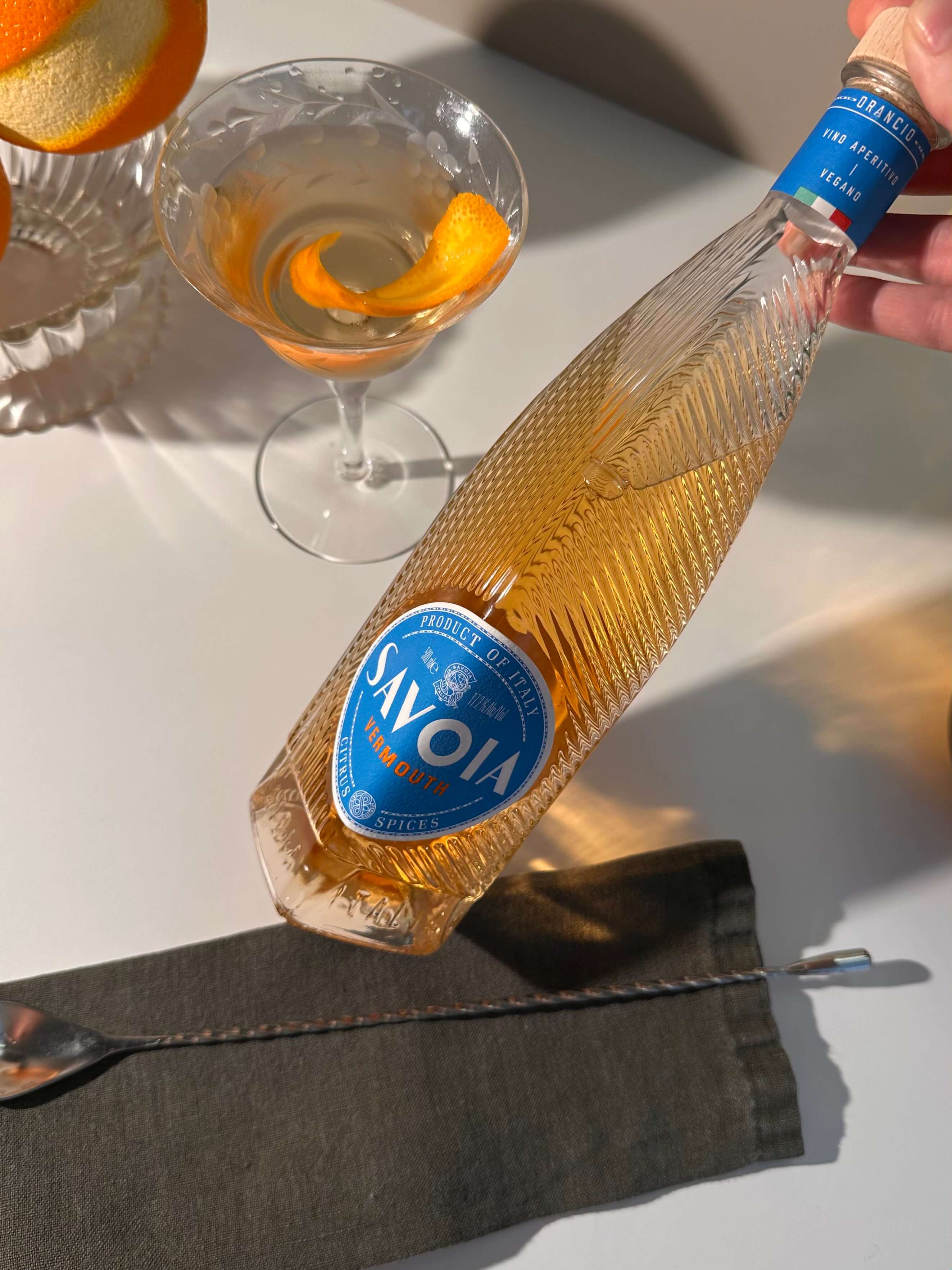Verte Absinthe
What is Verte Absinthe?
Verte Absinthe represents the classic green style of this legendary spirit, deriving its distinctive emerald hue from chlorophyll extracted during a secondary maceration with fresh herbs like petite wormwood, hyssop, and melissa. This traditional French method creates the iconic color that made absinthe famous in Belle Époque Paris, distinguishing it from clear blanche versions. The green color serves as both a visual signature and an indicator of the authentic production process that includes the crucial second distillation step with aromatic herbs.
Learn More About Verte Absinthe
What makes Verte Absinthe unique?
Verte absinthe stands out through its distinctive green color, which comes from a secondary maceration of herbs like petite wormwood, hyssop, and melissa after the initial distillation process. This natural chlorophyll-based coloring method not only creates the classic emerald hue that defines the style, but also adds subtle herbal complexity and a smoother finish compared to clear blanche absinthes. The green varieties typically offer a more balanced flavor profile where the anise doesn't dominate quite as aggressively, making them approachable for newcomers while still delivering the authentic absinthe experience that purists seek.
How is Verte Absinthe made?
Verte absinthe starts with a neutral grain spirit that's redistilled with the "holy trinity" of botanicals – wormwood, anise, and fennel – along with other herbs like hyssop and melissa. After this initial distillation, the clear spirit gets its signature green color through a secondary maceration process where fresh herbs like petite wormwood, hyssop, and sometimes spinach or nettle steep in the distilled spirit, naturally coloring it while adding final flavor notes. The result is then proofed down with water to bottling strength, typically between 110-144 proof, creating that distinctive green spirit that louches beautifully when water is added.
How do you drink Verte Absinthe?
Verte absinthe is traditionally prepared using the classic louche method—slowly dripping ice-cold water over a sugar cube placed on a slotted absinthe spoon until the spirit turns cloudy and milky. While purists skip the sugar and drink it neat with just water, this green fairy also shines in classic cocktails like the Sazerac, Corpse Reviver #2, and Death in the Afternoon. The herbal complexity and anise backbone make it perfect for stirred, spirit-forward drinks and champagne cocktails that can handle its bold botanical profile.
How do I choose a good Verte Absinthe?
Look for a verte absinthe that lists its major botanicals—quality producers will proudly display their wormwood, anise, and fennel content, plus any unique herbs that make their blend special. If you're mixing cocktails like a Sazerac or Corpse Reviver #2, opt for a well-balanced verte with moderate herbal intensity that won't overpower other ingredients, while neat sipping calls for something more complex with distinctive character. The color should come from natural chlorophyll rather than artificial dyes, so seek out bottles that mention their green hue comes from steeping herbs during production.
Nutritional Information
Typical Calorie Range per Ounce: 60-70 calories
Typical Carbohydrate Range per Ounce: 0-1 grams
Typical Sugar Range per Ounce: 0 grams
Typically Gluten Free: Yes
Traditional absinthe is distilled from botanicals including wormwood, anise, and fennel, which naturally contain minimal carbohydrates and no added sugars. The high alcohol content (typically 45-74% ABV) accounts for most of the calories. Since absinthe is distilled rather than brewed, it generally doesn't contain gluten proteins even if wheat-based spirits were used in production. Still, we recommend checking the specific product label and contacting the manufacturer directly to confirm gluten-free status, especially if you have celiac disease or severe gluten sensitivity.
Scrolled this far? Your reward? Verte Absinthe Trivia!
- The green color isn't artificial—it's chlorophyll. True verte absinthe gets its emerald hue from a second distillation where the clear spirit is redistilled with fresh herbs like wormwood leaves, hyssop, and melissa. The chlorophyll extracted during this process creates that famous green tint, which is why authentic absinthe slowly fades to yellow when exposed to light, just like a leaf changing color.
- Van Gogh's ear incident had nothing to do with absinthe madness. Despite popular belief, the painter's self-mutilation occurred during a period when he'd actually stopped drinking absinthe and switched to wine. Medical historians now believe his erratic behavior stemmed from temporal lobe epilepsy, not the "green fairy." The absinthe-madness connection was largely 19th-century moral panic mixed with bad science.
- Czech "absinthe" isn't really absinthe at all. Those flaming sugar cube rituals you see? Pure theater invented by Czech distillers in the 1990s to market high-proof, artificially-colored spirits to tourists. Traditional absinthe never involves fire—just ice-cold water slowly dripped over a sugar cube until the spirit turns cloudy white, a process called "louching."
- The banned "thujone" in wormwood is also in your Thanksgiving stuffing. That supposedly mind-altering compound that got absinthe banned? It's found in higher concentrations in common sage than in most absinthes. A bottle of absinthe contains less thujone than you'd get from seasoning a turkey. The whole thujone scare was based on studies where scientists injected pure thujone directly into animal brains.
- Marie Antoinette had her own private absinthe distillery. Before absinthe became the drink of bohemian artists, French aristocracy considered it a refined digestif. The doomed queen kept a personal distillery at Versailles where she produced her own botanical spirits. Ironically, absinthe later became a symbol of everything the French Revolution opposed—decadent, foreign influence corrupting the working class.
Higher-proof spirits can be intense. Mix carefully, taste thoughtfully, and enjoy responsibly.
Gift message (optional)

